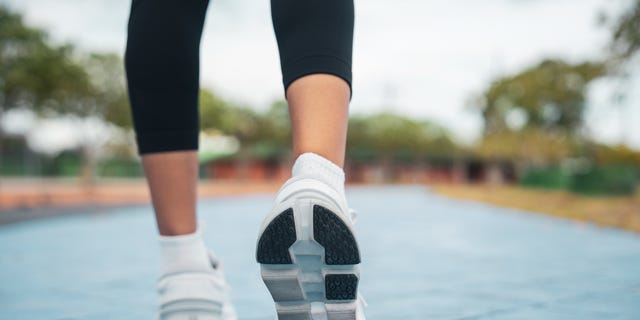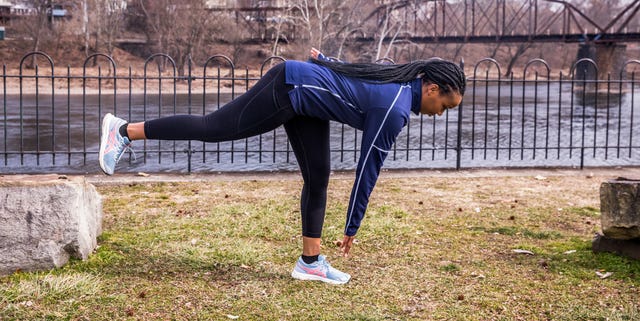Starting a running routine in Snoqualmie is an excellent method to improve your physical condition, clear your mind, and connect with others locally. As the weather becomes cooler, running in the fresh air can be energizing, but it also requires specific preparation. This guide offers practical advice for our community members, whether you are an experienced runner preparing for a local cool-weather race or just beginning your running journey. We have compiled helpful suggestions to ensure your transition to cooler-weather running is smooth, enjoyable, and safe.
Running offers numerous benefits, including strengthening your body, improving endurance, boosting mental health, and building social connections. The focus should be on consistent effort and gradual improvement. For individuals intending to participate in cooler-weather races or simply exercise outdoors as temperatures decrease, thorough preparation is necessary. We will guide you through essential strategies to help you feel prepared and confident, transforming any initial hesitation into a positive running experience.

- Beginner hitting the pavement: starting your cool-weather running journey. Source: runnersworld.com
Following a structured training program is a key strategy for maintaining motivation and avoiding injuries. Whether your goal is to progress from walking to running or to prepare for your first 5K, there is a suitable program for you. These programs typically combine easy runs, periods of rest, and sometimes strength exercises, all designed to build your running capacity progressively and safely. Selecting a program that aligns with your schedule makes it easier to integrate running into your daily life. It helps establish it as a lasting habit with a bit of determination and self-assurance.
When planning your training, identify safe and dependable running routes. Consider local parks, less busy neighborhood streets, or designated paths that are accessible and secure, even in less favorable weather. If you must run on roads, pay close attention to traffic and always run facing oncoming vehicles. For those using a treadmill, ensure proper belt placement to maintain a natural stride and avoid gripping the handles too tightly, which can lead to imbalances and potential injuries. Proactive planning guarantees you have secure and pleasant options regardless of the conditions.

- Gait analysis helps you choose the right shoes and improve running form. Source: runnersworld.com
The ideal time to run is whatever works best for your personal life and schedule. Do not feel obligated to run early in the morning if that does not align with your natural energy levels; find the times that work for you and aim for consistency. This regularity helps establish a routine. Furthermore, investing in appropriate running shoes is vital. A professional assessment at a specialized running store can help you find footwear that provides the correct cushioning and support for your specific stride, significantly reducing the likelihood of discomfort or injury and making your runs much more pleasant over time.
Every run, regardless of its length, should start with a gradual pace. This allows your heart rate to increase slowly and your muscles to warm up effectively, preparing them for the activity. Think of it as easing into the exercise rather than starting abruptly. Similarly, managing your pace is important, particularly when you are beginning. If you find it difficult to speak in complete sentences, you are likely running too fast. Aim for a pace where conversation is possible, even if it involves short phrases. This self-monitoring is crucial for building endurance without overexertion.

- Keeping an easy pace helps build endurance without overexertion. Source: runnersworld.com
Inclines can help build running strength, but they can also be challenging. The key is to maintain a steady effort rather than focusing on speed as you go uphill. If you experience shortness of breath, do not hesitate to reduce your pace or take a brief walking break. Walking breaks are also highly beneficial for beginners, helping manage fatigue and conserve energy, allowing for longer running durations. As your fitness improves, you may find you require fewer walking breaks, but there is no reason to feel embarrassed about using them when needed.
When you are new to running, do not become preoccupied with distance. Your primary objectives should be establishing a regular routine and enjoying the experience. Concentrate on running consistently and appreciating the positive effects running provides. As you gain confidence and physical condition, you can begin monitoring your mileage if you choose, perhaps using a running app or device. The most important aspect is to create a sustainable habit and acknowledge your achievements, however minor they may seem at first.

- Planned walk breaks can make longer runs more manageable for beginners. Source: runnersworld.com
Rest periods are as important as running sessions, particularly when you are new to the activity. Your body requires time to recover, repair, and rebuild muscle tissue, which is essential for preventing injuries and enhancing performance. Aim for at least one rest day between running sessions, especially in the initial phases. Pay attention to your body’s signals; if you feel exhausted, take an additional rest day. Consistent effort over time is more significant than pushing through extreme fatigue, so be patient with your body’s adaptation process.
It is common to experience some muscle soreness after running, especially when starting. This is known as Delayed Onset Muscle Soreness (DOMS) and indicates that your muscles are adapting. It typically manifests as a general ache that lessens with movement. However, sharp or localized pain, particularly in a joint, could signal an injury. If you suspect an injury, it is advisable to rest and seek advice from a healthcare professional, such as a physiotherapist. Remember, continuing to run through sharp pain can escalate a minor issue into a more substantial problem.

- Running supports mental well-being—stay positive through setbacks. Source: runnersworld.com
Try to keep your body relaxed while you run. When exerting significant effort, it is natural to become tense, clenching your jaw or raising your shoulders, which can make running feel more difficult and increase the risk of strain. Periodically check in with your body during your run—are your hands clenched? Are your shoulders tight? Make a conscious effort to release any tension. Shaking out your arms or taking a slightly deeper breath can help. If you continue to struggle with tension, it is a clear indication to slow down or take a walking break to readjust.
Missed a run? Do not worry! Life circumstances arise, and it is entirely normal to miss a day — or even a few days — of training. The most crucial point is not to let it disrupt your progress. Simply resume your training with your next scheduled run. Your fitness level will not diminish significantly overnight. Consider running as a long-term pursuit rather than a strict schedule. Numerous runs lie ahead, so a single missed session is a minor event in the overall context.
Establishing a habit of warming up before each run and cooling down afterward is highly beneficial. A dynamic warm-up, involving movements like leg swings and arm circles, prepares your muscles for activity, improves blood circulation, and lowers the risk of injury. Following your run, a cool-down period with static stretches helps your heart rate return to its resting state and can enhance flexibility and recovery. Incorporating these simple practices into your routine will support your running objectives and help you feel good throughout your runs.
Header Image Source: AI-generated image
